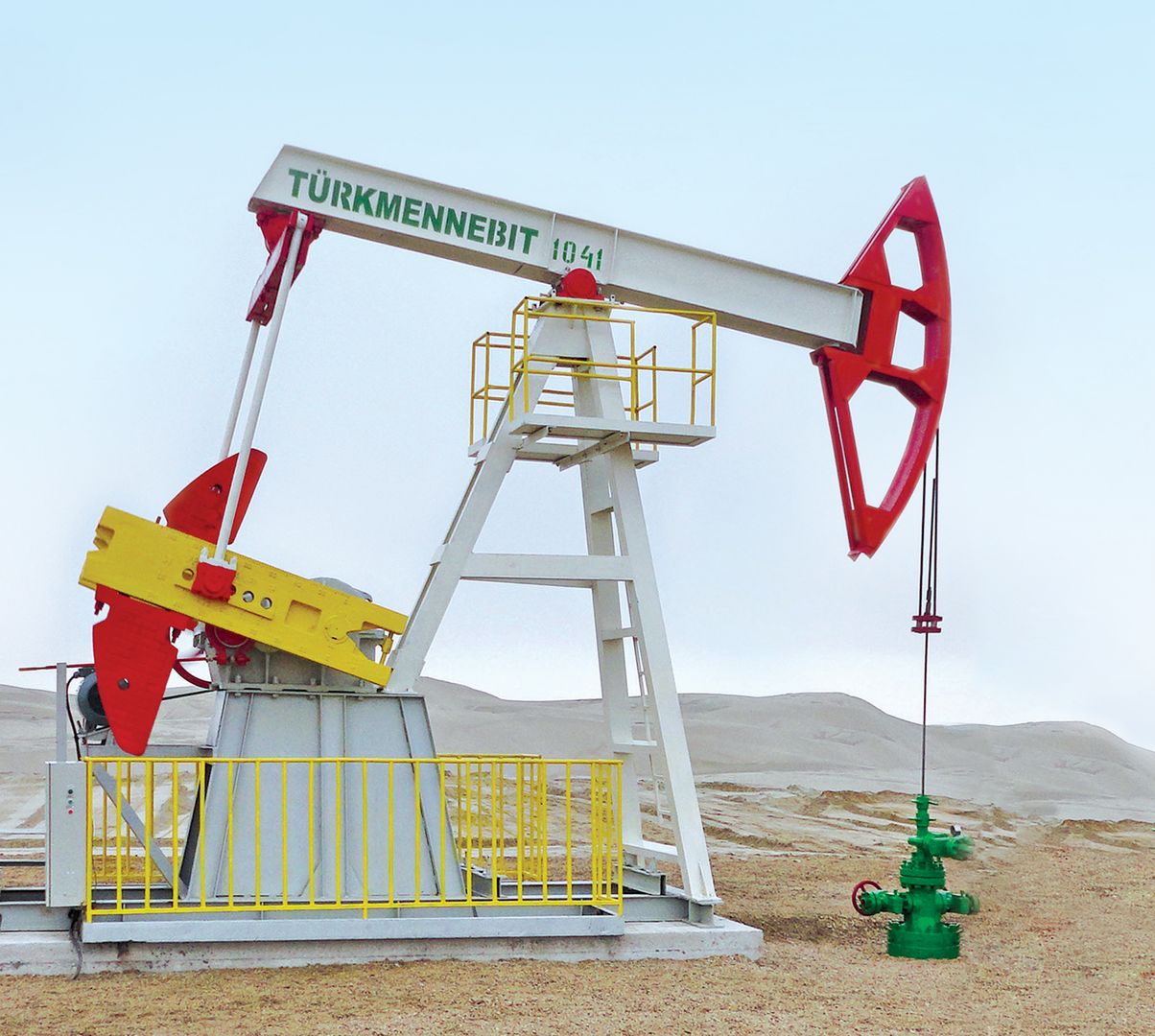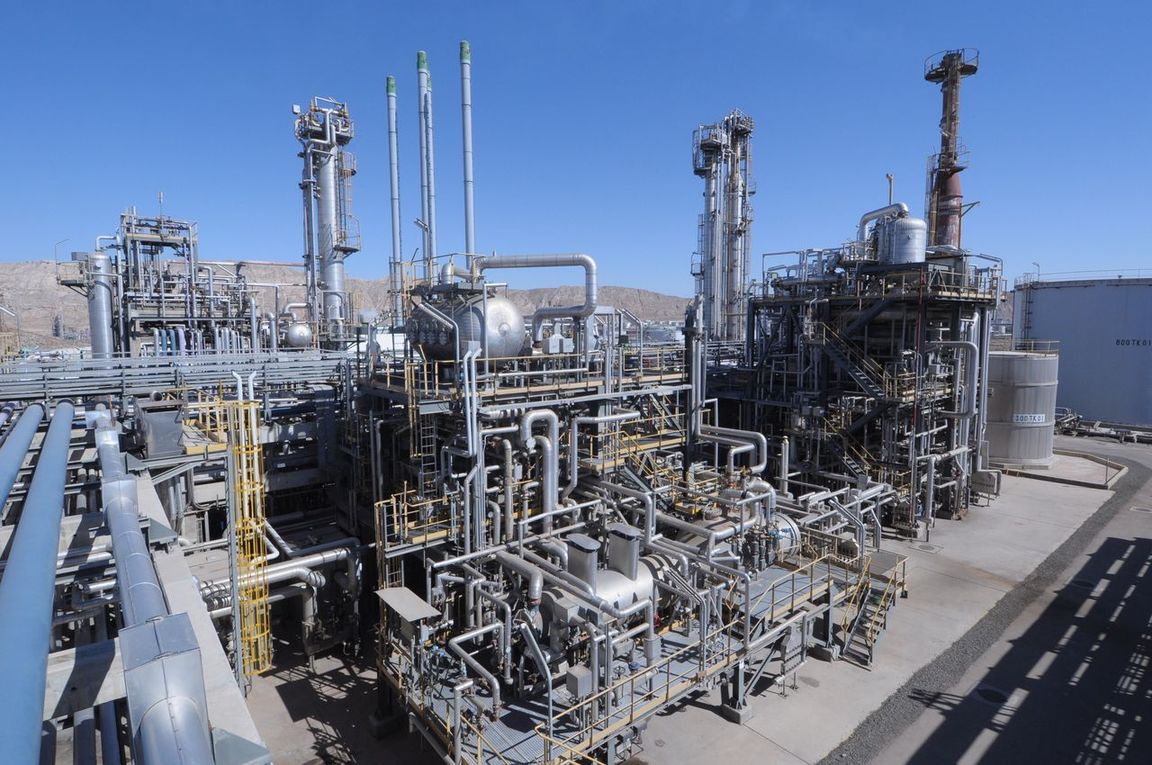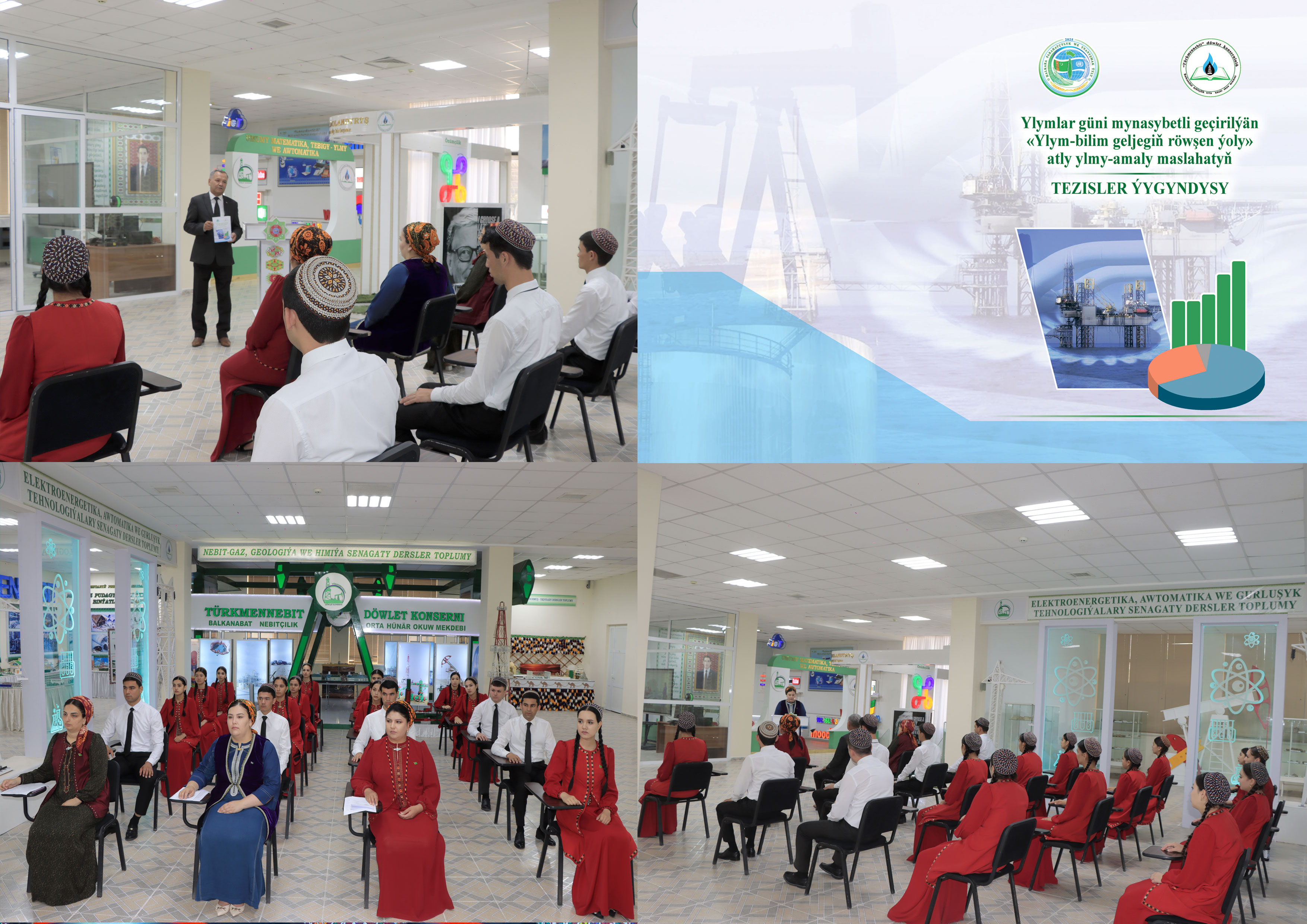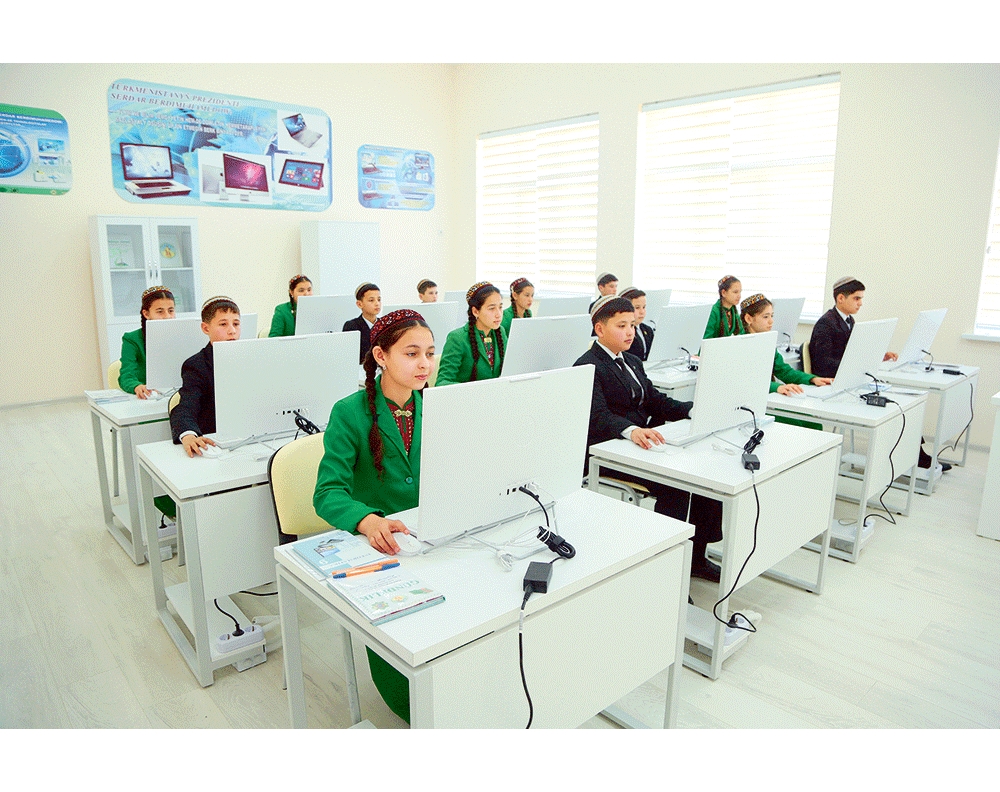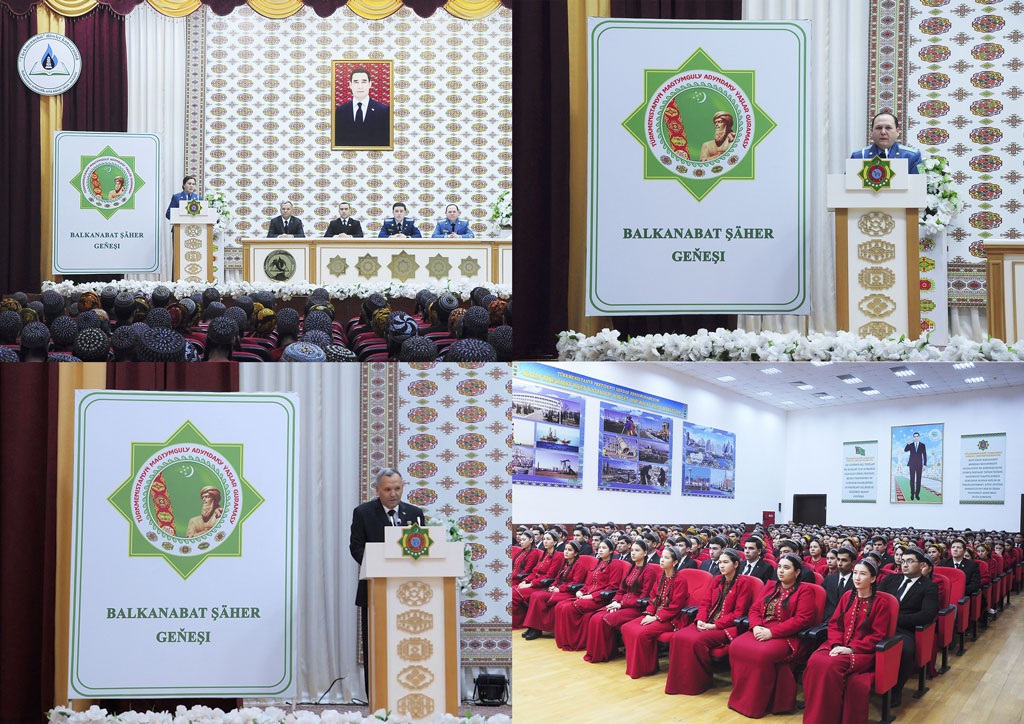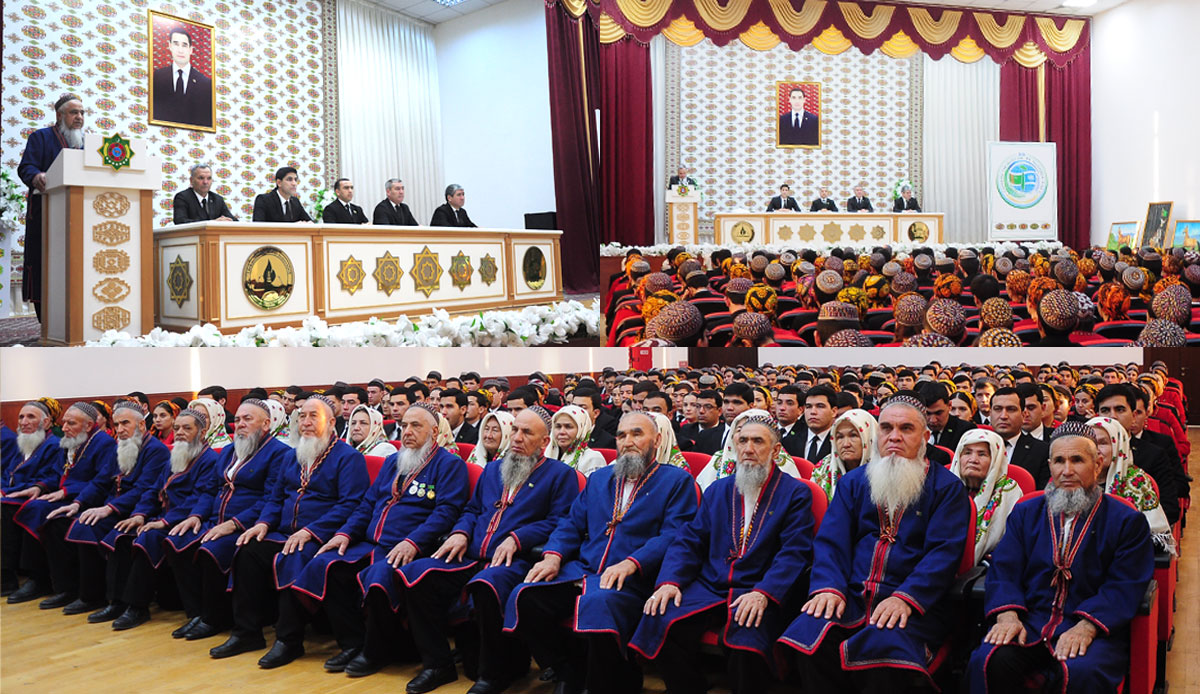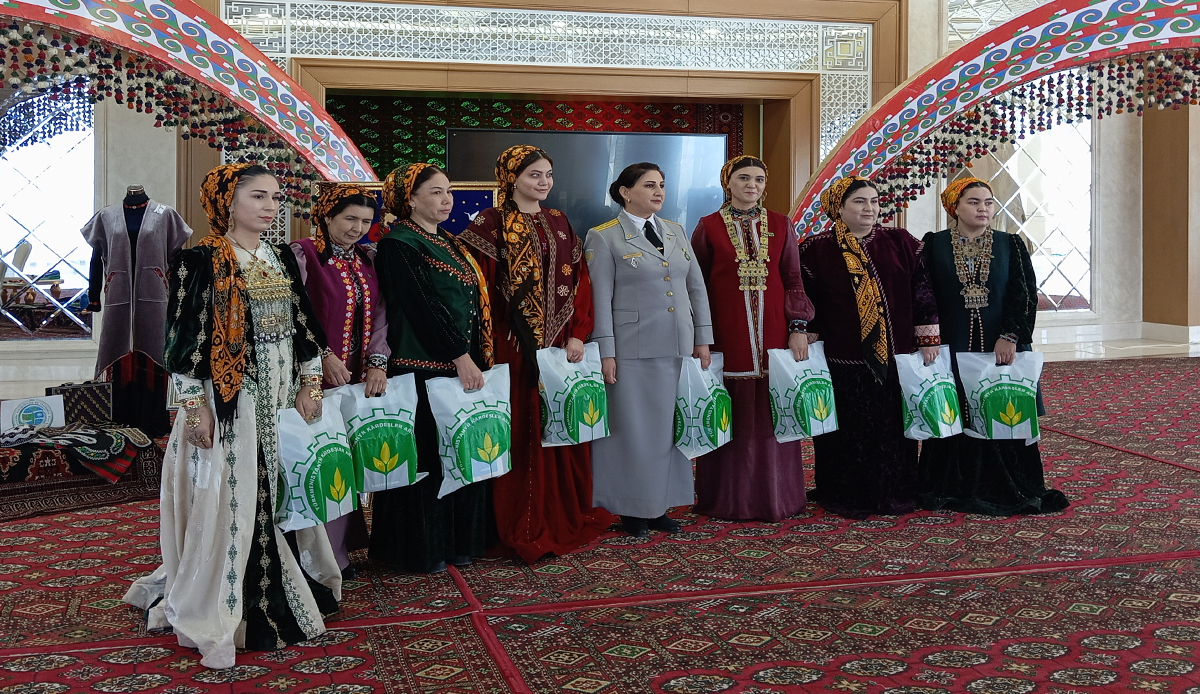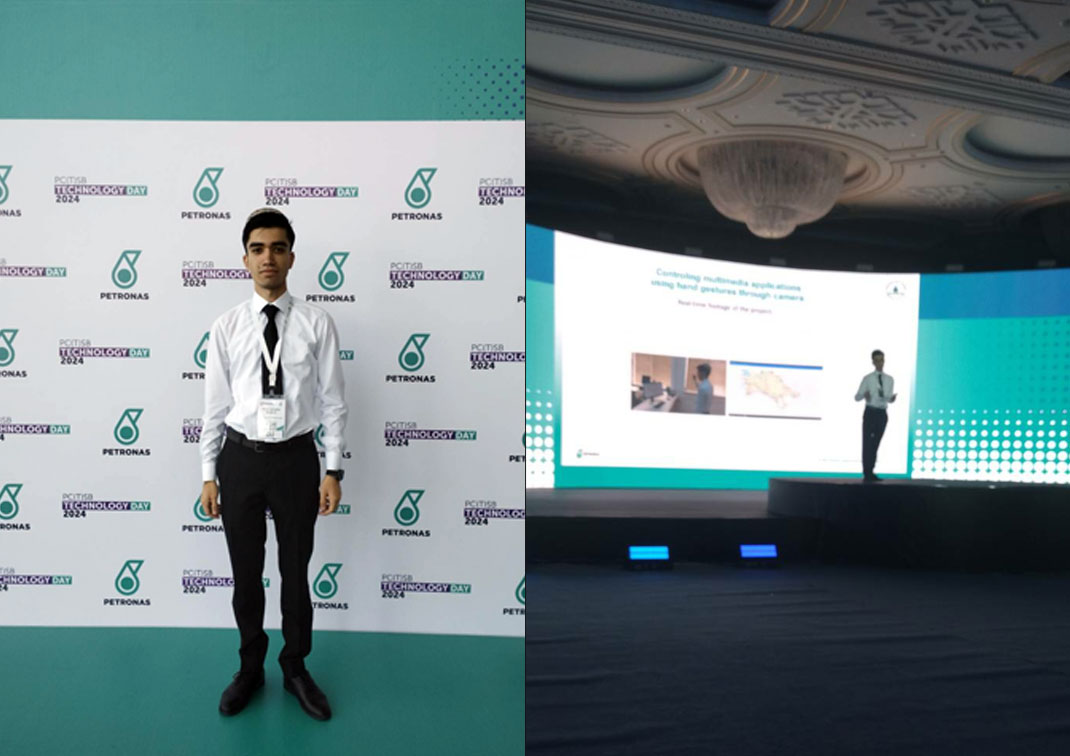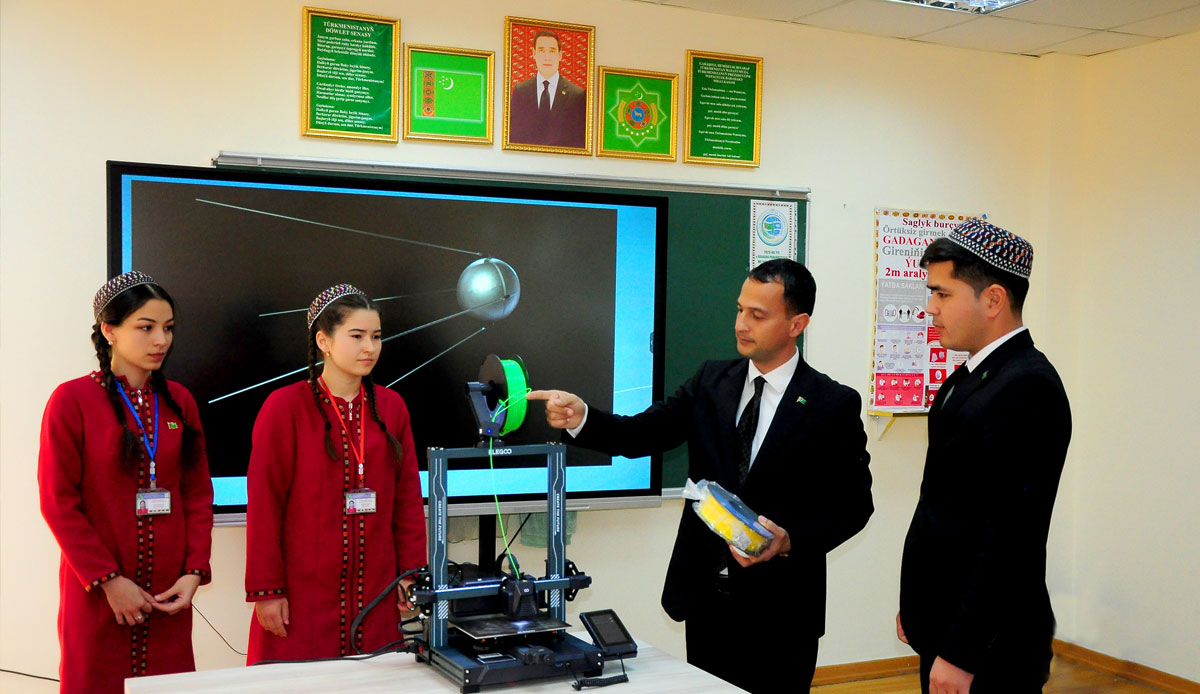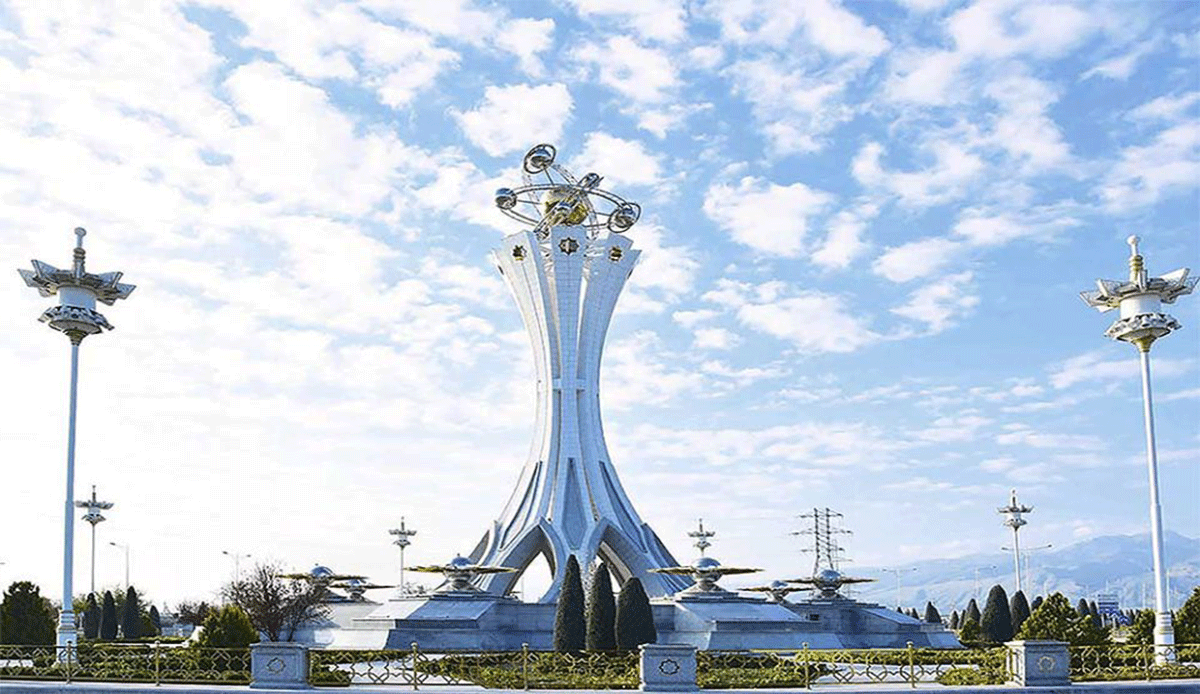An important task at present is the introduction of advanced experience, a digital system, and bringing it to a modern level and comprehensive development in the oil and gas industry of the country. According to the “Program for the Development of the Oil and Gas Complex of Turkmenistan for 2019-2025”: “Along with measures to increase oil and gas production, the main task is to carry out appropriate measures to improve the quality of finished oil.”
Various pumps and pumping equipment are used for oil production. These include the following:
- 1. Piston pumps driven by a pumping unit through a rod.
- 2. Centrifugal fountain pumps with an electric drive.
- 3. Hydraulic fountain piston pumps.
- 4. Screw pumps.
To increase the productivity of oil wells, screw pumps were introduced to replace plunger or electric centrifugal pumps (ECP) with high oil viscosity and high gas saturation.
When analyzing their work, it was noted that along with the continuous supply of natural gas to external gas distribution structures to wells operating in this way, a large amount of gas is spent on oil production in several wells, i.e. high specific gas consumption. For this reason, there is a need to save gas, which is continuously supplied to gas-lift wells with a low flow rate or low productivity, and use it regularly to organize normal operation and storage of wells. If such important measures are not carried out in time, this leads to failures in the operation of wells and even oil losses. Based on this, a series of tests are regularly carried out on gas supply to wells in operation. From this point of view, one of the technically and economically sound measures to save gas used in low-flow wells during oil production by the gas lift method was the decision to transfer them to a periodic (episodic) gas method using a multifunctional valve, and this method was reflected in production. The implementation of this event was carried out according to a special work plan. Regardless of how the wells are operated, a pressure differential is created between the formation and the well bottom, due to which oil can continuously flow to their bottom. This allows the mixture of water and oil to flow through the layer at a higher speed. At the same time, the connection of the lifting pipe with the formation is maintained, and the liquid in the pipe is cyclically pumped out through the valve at certain intervals. The difference between the KGU-25 multifunctional differential valve for operation in wells and bellows valves (valves filled with nitrogen or air) is that the gas supplied to the pipe space is introduced into the liquid inside the pipe. There is no pulsation (intermittent gas flow) during well operation. Thus, using the KGU-25 valve, as a result of the implementation of this technology, it is possible to stably operate wells. When operating a well using the periodic gas lift method, a special mapping device is installed on it, which records (shows) the change in pressure, and during the day and night, the curve and straight lines on its screen are used to describe the productivity. The straight line on the graph represents the moment when the buffer pressure becomes equal to the oil supply manifold pressure, gas consumption is saved and oil enters the pipe. The vertical buffer pressure curve represents the moment when oil enters the manifold. Thus, experience shows that periodic gas lift wells can operate for a long period of time if no complications arise after a scheduled inspection.
Submersible twin-screw (hybrid) pumps with an electric drive.
In the 1990s, with the help of SKT, one of the main types of screw pumps was introduced into wells - Submersible twin-screw pumps with an electric drive.
Key features of the device
- Mechanical additives less than 0.6 g / l;
- Availability of free gas;
- Viscosity less than 6 × 10-4 m2 / sec (6 Stokes).
Technological characteristics:
- Oil emulsions are not formed due to stable liquid extraction;
- The efficiency of the pump also increases due to the narrowing of the gap between the screw and the tubing as the viscosity increases. This is one of the differences between a screw pump and an ECP. This is due to the fact that an increase in viscosity leads to a decrease in the properties of the ECP. Available brands of screw pumps: EVNT-16-1200; EVNT-25-1000; EVNT-100-1000; EVNT-200-900Ю.
Description: E-Electric motor; B-Screw; H-Pump; T-Slow motion (1500 rpm); 16-Maximum flow rate m3/day; 1200-Flow, m; All screw pumps must have a minimum hole diameter of 130 mm.
Working parts are manufactured taking into account the thermal interaction in the well where its metal contacts. These pumps are designed for use in the temperature range of 30–700 °C.
Twin-screw pumps have a capacity of 10 ÷ 75 m3/day. and its flow reaches 1000 m. In these cases, its efficiency reaches 65, which indicates that the efficiency of the SRP and ECP is higher (under similar conditions).
The transformer system of the electric screw pump unit (TSESPU) includes both a ground station and a transformer.
Single-screw pumps of the German brand NTZ.
NYZ pumps are suitable for operating well columns in the Goturdepe and Barsagelmez oil and gas fields. Their capacity is 10-15 m3/day. (NTZ 278*240 CT10), pressure 1100 m.
- The efficiency of the belt casing of single-screw pumps is between 0.5-0.6.
- The pump is driven by the rotation of the rod columns, which are lowered to depth using the tubing pipe (SKT). The rotation of the rod columns is carried out by an electric drive at the top of the well.
Features of NTZ pumps, different from the transformer system of the electric screw pump unit (TSESPU) consist of:
Transmitters:
- No electric cable.
- Stable operation of the electric motor.
- Easy adjustment of the rotation frequency of the rod stands and no need for expensive special equipment.
-
- Due to the absence of valves (compared to the central gas pump) and the absence of high-speed flows (compared to the electric centrifugal pump), it can operate in existing wells with a large amount of mechanical impurities in the product.
- When drilling wells at the Goturdepe and Barsagelmez fields, the efficiency of NTZ pumps was seven times higher than that of TSESPU with mechanical additives in the product up to 0.42%.
- When developing the Goturdepe and Barsagelmez fields, the intervals between cleaning operations are 0.5-1.5 years.
When developing the Goturdepe and Barsagelmez fields, NTZ pumps were operated at a low rotation speed (135 rpm), which indicates the possibility of operating up to the maximum rated rotation speed (376 rpm), but one of the main conditions is that the gas phase in the pump must be maintained at a level below 50%.
Well development with sucker rod pumps.
Until now, this has been one of the main methods of using small and medium productivity wells in the world, but under certain conditions it can be replaced by alternative methods:
High gas factor in wells:
Choice of options: Screw pumps do not have a choice of pump operation options in unstressed conditions, which gives the following advantages:
- A wide range of types of pumping units and submersible pumps suitable for all production conditions. (With the exception of deep wells and wells converted to gas lift after direct flow drilling).
- Availability of processing standards for all equipment.
- Availability of standardized testing methods when calculating operating conditions.
Analysis of the efficiency of using screw pumps.
Recommendations for the efficient use of the Goturdepe and Barsagelmez fields were formulated during the development of wells with screw pumps. Screw pumps of the German brand NTZ are designed for production from wells with a flow rate of 10 to 15 m3 / day. The flow is 1100 m. The rubber rotating in the casing surrounding its screw is increased by a special screw. Its optimum efficiency is at a depth of 1100 m and is equal to 0.5 ÷ 0.6.
The characteristics of the screw pump are the same as those of the ECP, that is, it is a submersible pump. The submersible pump uses a screw pump, not a centrifugal pump. In screw pumps, the engine is installed inside the gearbox on top of the shaft. The variator rotates the rod columns with open screws of the submersible pump.
The pump kit consists of a tee, a preventer and a return flange. The pumping equipment includes: rotor, stator, valve, couplings. The pump has an outside diameter of 95 mm, which allows them to pass through a working column with an outside diameter of 114 mm. Alternatively, the pump stator is released from the tubing using hubs, and then the rotor using conventional rods.
Regarding rod equipment: a rod, shortened rods, pump rods, centralizers, and protectors for centralizers will be used.
The length of the rods and pipes is measured several times before installation. They are connected to each other with the maximum permissible moment force. The required length of the rod columns is filled with shortened rods. But it is necessary to take into account the displacement of the columns based on their own weight and the pressure created by the pump.
The working equipment includes: Pulley 670 mm and 137 mm, auxiliary engine device, engine, repairman, transmitter and bushing housing, belt (5 pcs), rod clamp, sealing rings (9 pcs), belts, electric motor 13.2 kW, 977 rpm, remote control. When drilling, a variable frequency drive is used, which helps to stably change the rotation speed of the screw and not load it. If the well product has a high viscosity, then the use of this type of device is impossible due to the rotation of the columns of pump rods.
The movement of the screw pump is considered volumetric, which means that its displacement efficiency is proportional to the rotation speed.
Since the screw pump can move a mixture of oil and gas, it can maintain the depth of the suspension in the well above the liquid level corresponding to the gas saturation pressure of the oil.
But usually the pump is lowered to its dynamic level, i.e. to a depth of at least 100 m, and the pressure at the pump mouth is maintained as much as possible above the saturation pressure.
Batyr Jumayev, Deputy Chairman of the State Concern “Turkmennebit”
Mayagul Gafurova, Associate Professor of the International University of Oil and Gas named after Yagshigeldy Kakayev, Candidate of Technical Sciences
Ogulgerek Berdimyradova, Senior Lecturer of the International University of Oil and Gas named after Yagshigeldy Kakayev, Candidate of Technical Sciences


